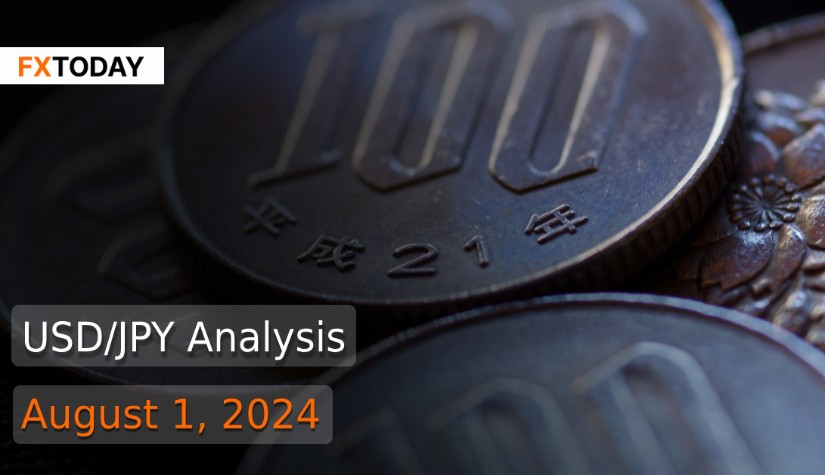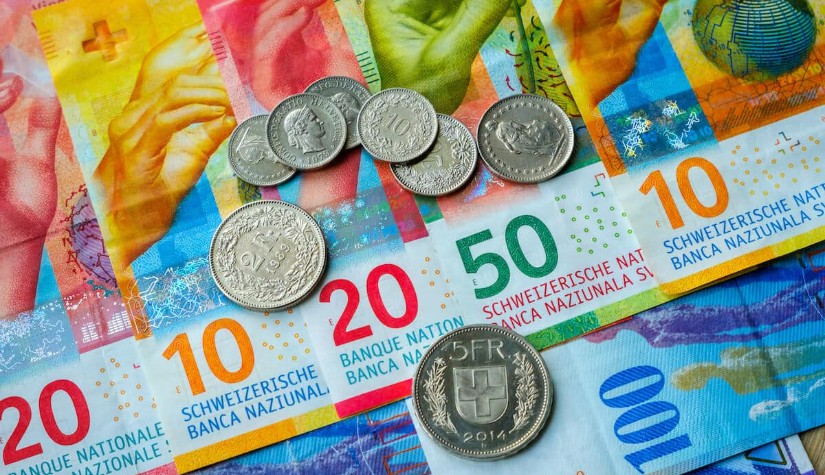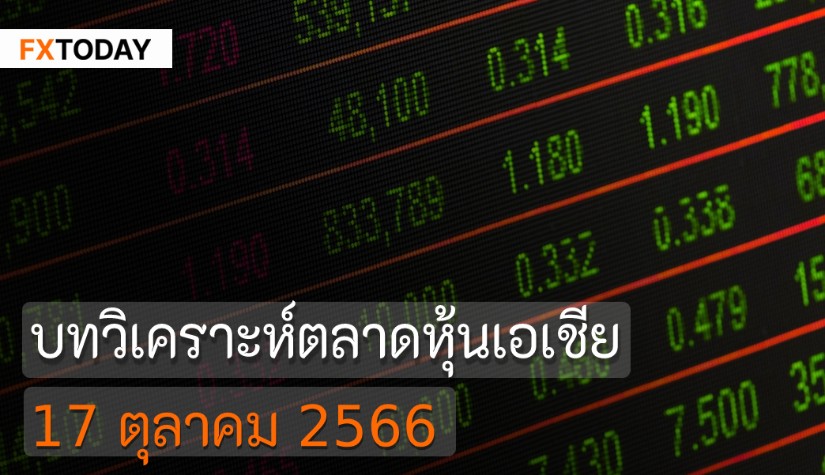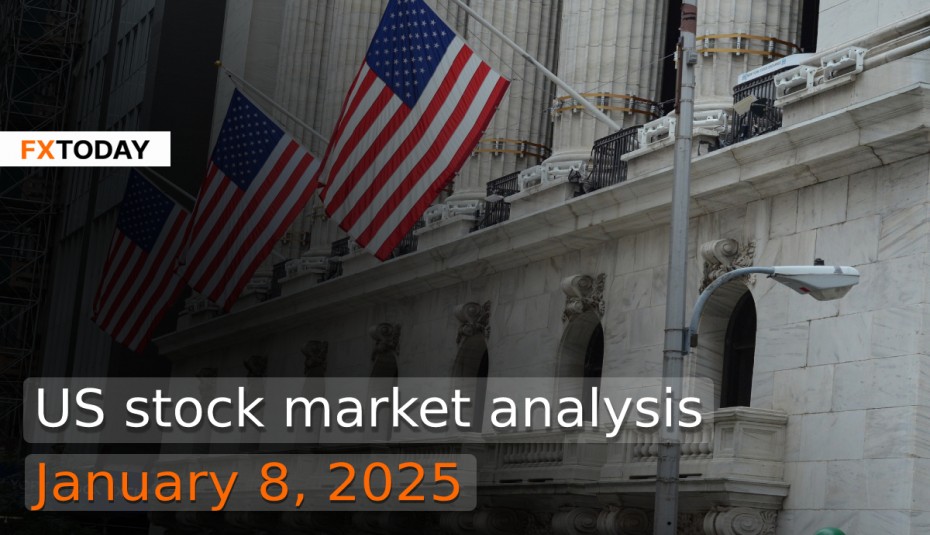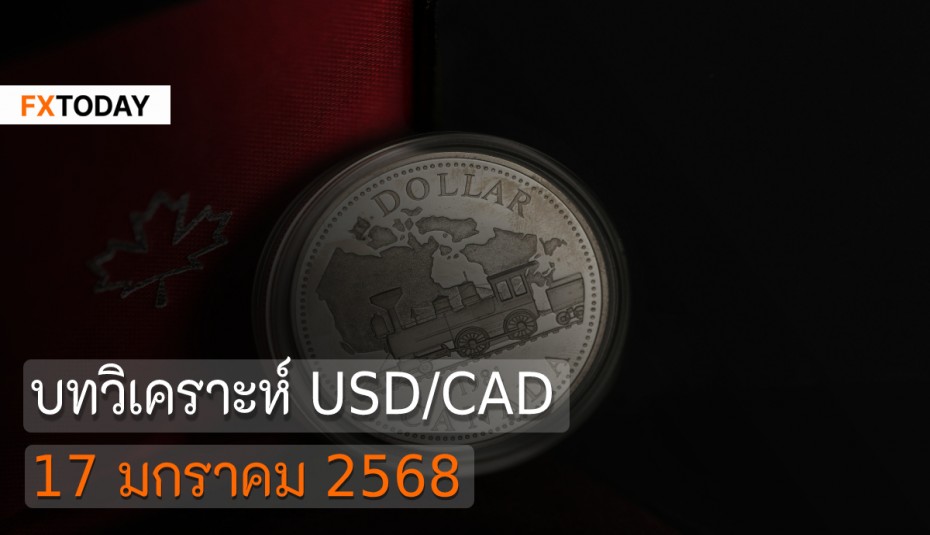BOJ Hikes Rates to 15-Year High; Fed's Data-Driven Approach Fuels Rate Cut Speculation
The Bank of Japan (BOJ) raised interest rates to their highest level in 15 years, by 15 basis points to a range of 0.1% to 0.25%, strengthening the yen against the dollar. This move signals the BOJ's intention to gradually unwind a decade of significant monetary stimulus. The central bank also announced a plan to reduce its monthly bond purchases to 3 trillion yen by early 2026. This interest rate hike ends a period of negative interest rates and may be followed by further increases.
The yen's appreciation has led to the unwinding of carry trades, where investors borrow in yen to invest in higher-yielding currencies. The BOJ's decision comes as inflation appears likely to remain around the 2% target, supported by improved consumer spending and wage growth.
Japanese authorities recently spent 5.53 trillion yen to stabilize the yen in the foreign exchange market, following its significant depreciation. The BOJ's rate hike aims to address inflation risks and signals a shift towards more hawkish monetary policy, with potential further increases in interest rates expected. The central bank's actions reflect a commitment to ensuring sustainable inflation while reducing the yen's weakness and its impact on import costs.
The BOJ's recent economic data shows mixed results, with rising retail sales but a shrinking industrial sector. Despite these challenges, Japan is on track to achieve a primary budget surplus for the first time since 2002, driven by robust corporate profits and increased tax revenues. Governor Kazuo Ueda's stance has shifted from dovish to hawkish, reflecting confidence in wage and price growth amid a tightening labor market.
On the other hand, the Federal Reserve decided to keep interest rates unchanged but noted progress on inflation and a cooling labor market, sparking investor optimism for potential rate cuts.
Recent data indicates that the Fed's restrictive policies are effectively addressing inflation, as shown by the core personal consumption expenditure index holding steady at 2.6% over the past year. The Fed acknowledged that inflation remains somewhat elevated but is nearing its 2% target. Additionally, the Fed is now paying more attention to labor market risks alongside inflation risks, suggesting a shift from their previous focus solely on inflation.
Many expect that upcoming economic data could prompt the Fed to consider rate cuts, with a September cut nearly fully anticipated. Fed Chair Jerome Powell mentioned that if economic data continues to improve, a rate cut could be possible as soon as September. He emphasized that the decision would be based on economic conditions rather than political considerations.
In the foreign exchange market, the dollar weakened after the Fed's announcements and comments from Republican presidential candidate Donald Trump advocating for a weaker currency. Concurrently, the Bank of Japan's recent interest rate hike and hawkish statements further pressured the dollar against the yen.
As the Fed remains data-dependent, attention will focus on upcoming CPI and employment reports. Recent labor data showed moderate increases in costs and job growth, indicating that inflation is cooling and supporting the case for a potential rate cut in September. This could lead to further strengthening of the yen, with an increased likelihood of trading within its current range and potentially the lower end of that range.
Data for Technical Analysis (1H) CFD USD/JPY
Resistance : 149.91, 150.04, 150.26
Support : 149.49, 149.36, 149.14
1H Outlook
Source: TradingView
Buy/Long 1 If the support at the price range 148.99 – 149.49 is touched, but the support at 149.49 cannot be broken, the TP may be set around 149.97 and the SL around 148.74, or up to the risk appetite.
Buy/Long 2 If the resistance can be broken at the price range of 149.91 – 150.41, TP may be set around 151.20 and SL around 149.24, or up to the risk appetite.
Sell/Short 1 If the resistance at the price range 149.91 – 150.41 is touched, but the resistance at 149.91 cannot be broken, the TP may be set around 149.41 and the SL around 150.66, or up to the risk appetite.
Sell/Short 2 If the support can be broken at the price range of 148.99 – 149.49, TP may be set around 148.54 and SL around 150.16, or up to the risk appetite.
Pivot Points Aug 1, 2024 09:11AM GMT
|
Name
|
S3
|
S2
|
S1
|
Pivot Points
|
R1
|
R2
|
R3
|
|---|---|---|---|---|---|---|---|
| Classic | 148.85 | 149.14 | 149.41 | 149.7 | 149.97 | 150.26 | 150.52 |
| Fibonacci | 149.14 | 149.36 | 149.49 | 149.7 | 149.91 | 150.04 | 150.26 |
| Camarilla | 149.53 | 149.58 | 149.63 | 149.7 | 149.74 | 149.79 | 149.84 |
| Woodie's | 148.85 | 149.14 | 149.41 | 149.7 | 149.97 | 150.26 | 150.52 |
| DeMark's | - | - | 149.28 | 149.63 | 149.84 | - | - |
Sources: Investing 1, Investing 2

